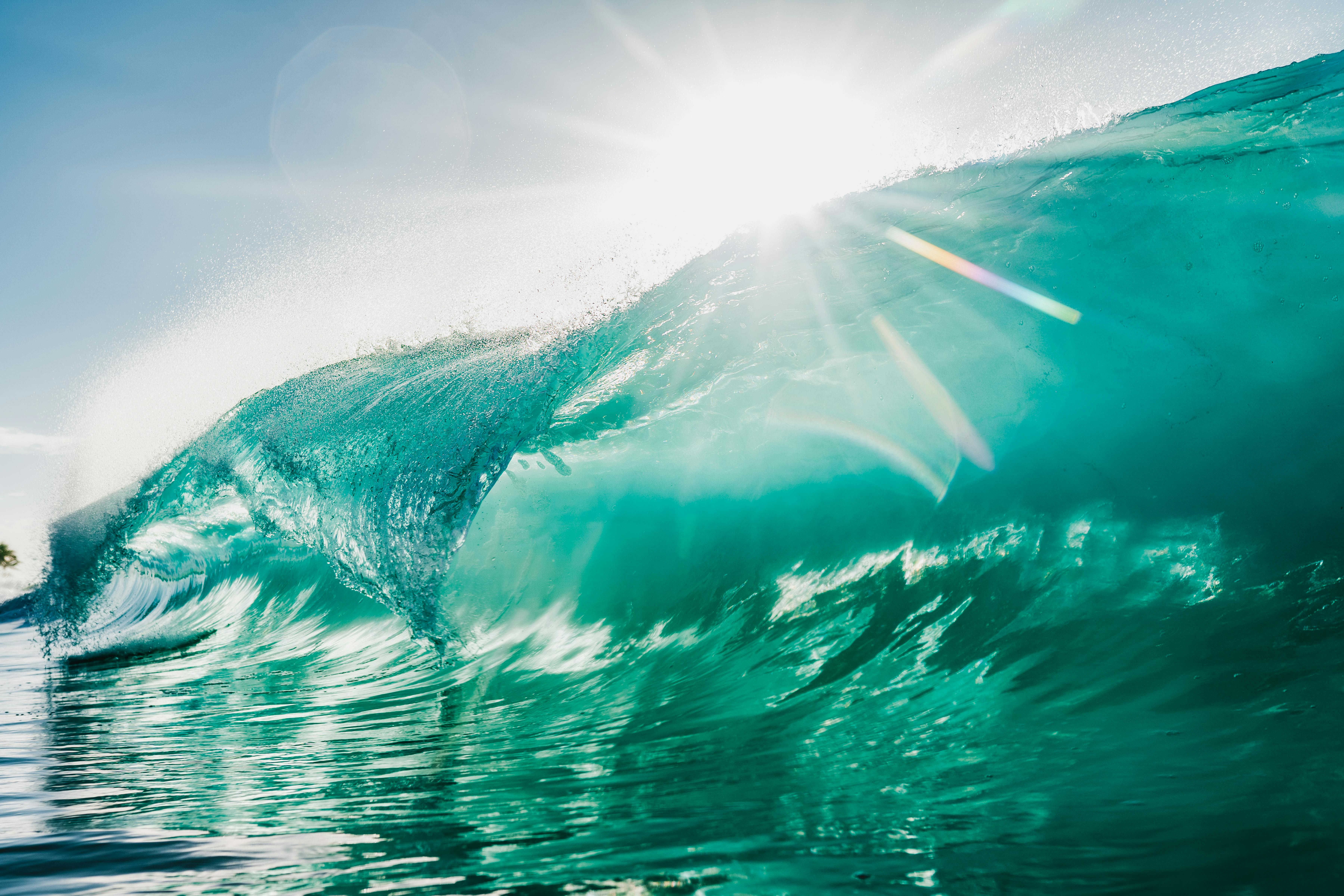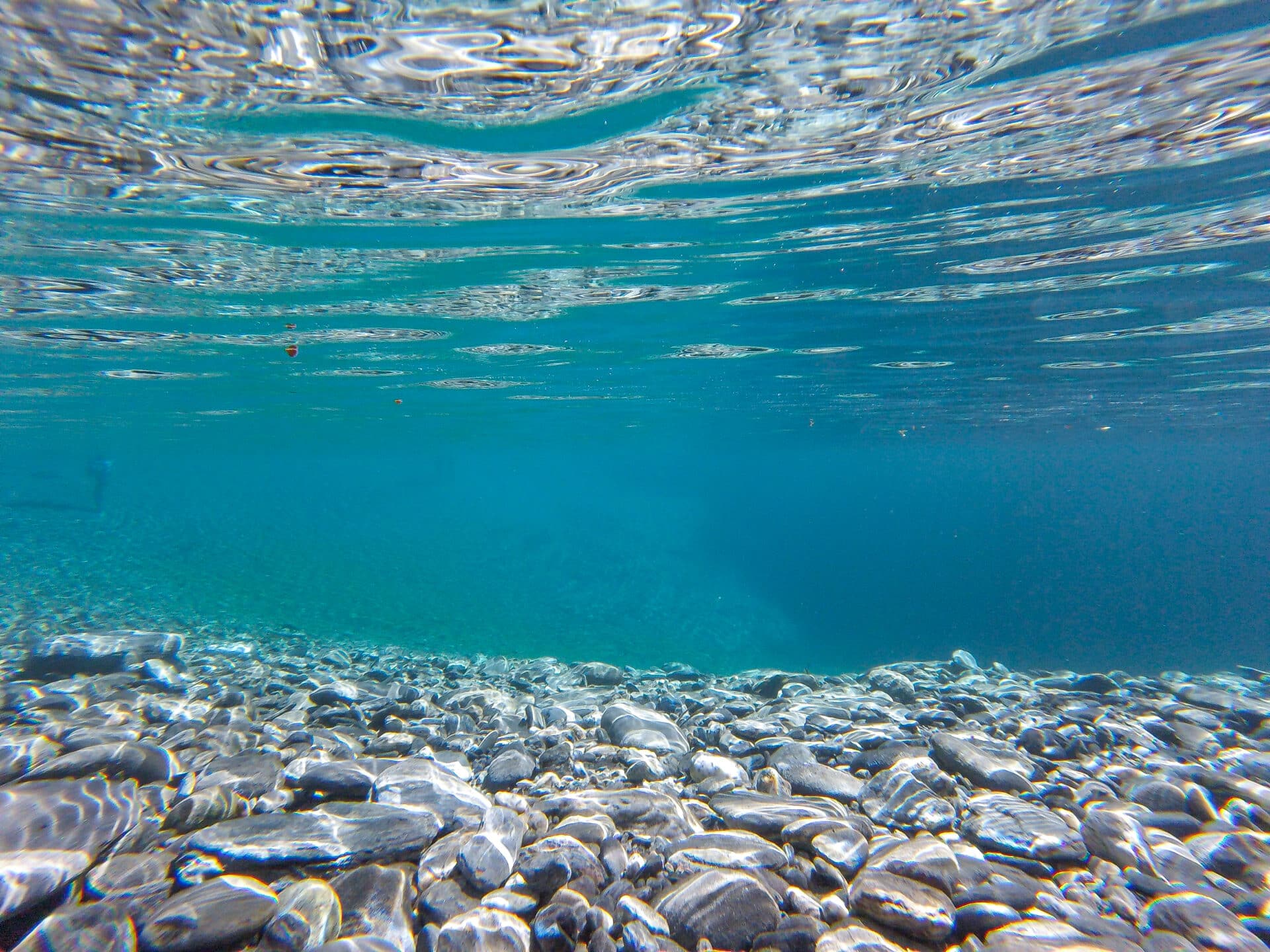Cleaning a pure water distiller is an important part of maintaining the quality of your drinking water. It can be a simple process that takes only minutes to complete, but it should be done regularly to ensure that the water produced by your distiller is free of contaminants and tastes great. In this guide, we’ll walk you through how to clean a pure water distiller, so you can enjoy safe and healthy water for years to come.1. Empty the distiller of all water and discard any residue left in the bottom of the container.
2. Remove the filter, if your distiller has one, and rinse it off with warm water and mild soap.
3. Wipe down the inside surface of the distiller with a damp cloth to remove any sediment or mineral deposits that may have built up inside.
4. Pour white vinegar into the distiller until it is halfway full, then fill it with water until it is completely full.
5. Allow it to sit for 1-2 hours before emptying and rinsing out the vinegar and water solution completely.
6. Fill the distiller with clean water and turn it on to run a cleaning cycle for approximately one hour while filling a separate container with distilled water to be used for drinking or cooking purposes later on.
7. Once the cleaning cycle has been completed, discard all of the water used during this process as well as any residue that may have collected at the bottom of the container during this time period.
8. Finally, fill up your pure water distiller with clean tap water once again and allow it to run again until you have obtained
Preparing the Distiller for Cleaning
It is important to prepare your distiller correctly before cleaning it. This ensures that the cleaning process is as effective as possible and that your distiller will remain in good working order. The first step is to unplug the unit from the power source. You should then remove any water reservoir, filters, or other components that are attached to the unit. Once these have been removed, you should use a damp cloth or sponge to wipe down the outside of the distiller. This will remove any dust or debris that may be present. After this has been done, you can use a mild detergent and warm water to clean off any remaining dirt or grime. Make sure that all of the surfaces are thoroughly rinsed with clean water afterwards. Once this is done, you can reassemble all of the components and plug in your distiller before beginning the cleaning process.
Next, you should fill up your distiller with a mixture of white vinegar and distilled water in equal parts. This will help to eliminate any lingering odors and bacteria that may be present inside of the unit. The mixture should be poured into a container
Step 1: Shut Off the Boiler System
The first step in cleaning the boiler tank is to shut off the boiler system. This is done to ensure that no power is running through the system while cleaning. After shutting off the system, it is important to let it cool down completely before attempting any cleaning.
Step 2: Drain Out All of The Water
Once the system has cooled down, it is time to drain out all of the water from the boiler tank. This can be done by opening the drain valve located at the bottom of the tank and allowing all of the water to flow out into a bucket or other container. It is important to make sure that all of the water has been fully drained out before continuing with any other steps.
Step 3: Clean Out The Debris
Once all of the water has been drained out, it is time to clean out any debris that may have built up in the tank. This can be done with a brush or vacuum cleaner and should be done carefully to avoid damaging any of the components inside. It
Preparing the Solution for Cleaning
When preparing a solution for cleaning, it is important to consider the type of surface or material being cleaned. Different surfaces require different types of solutions and cleaning techniques. For example, a wood surface will require a different solution than a metal surface. Additionally, the environment in which the cleaning is taking place can also affect which type of solution should be used. Some solutions may be too harsh for certain environments and must be adjusted accordingly. It is also important to assess the amount of dirt or debris that needs to be removed from the surface before beginning the cleaning process. This will ensure that the correct amount of solution is used so that it can effectively clean the surface without damaging it.
Once all necessary factors have been taken into consideration, it is time to prepare the solution for cleaning. This typically involves measuring out the appropriate amount of ingredients and mixing them together with water in order to create a suitable mixture for cleaning. Depending on what type of cleaner is being used, additional steps may need to be taken such as adding detergents or enzymes in order to make sure that all dirt and debris are effectively removed from the surface being cleaned. After all
Step 1: Turn Off Power to the Unit
Before beginning, you must turn off the power to the unit. This helps to prevent any electrical shocks or injuries. Unplug the unit or turn off the circuit breaker supplying power to the condensing coil.
Step 2: Remove Protective Coverings
Next, remove any protective coverings that may be on the unit. This includes panels, grilles, and other materials that are covering the condensing coil. Carefully remove them and set aside for later use.
Step 3: Vacuum Condensing Coil
Using a vacuum cleaner with a soft brush attachment, vacuum away dirt and debris from the condensing coil. Make sure to get into all of the nooks and crannies of the condensing coil.
Step 4: Spray Cleaning Solution onto Coil
Once dirt and debris have been removed from the condensing coil it is time to spray on

Step 1: Disassemble the Vapor Trap and Chamber
The first step in cleaning a vapor trap and chamber is to disassemble the parts. This includes removing any attachments or accessories such as hoses, gaskets, and valves. It is important to keep all components organized so that they can be reassembled quickly and easily. Make sure to lay out the parts on a clean surface, away from dust or debris.
Step 2: Clean the Parts
Once the vapor trap and chamber are disassembled, each part should be cleaned separately. Start by wiping down each part with a damp cloth or paper towel. For tougher stains, use a mild detergent or cleaning solution on a soft cloth. Avoid using abrasive cleaning tools as these could damage the surface of the parts. Rinse each part thoroughly with warm water after washing and dry completely before reassembly.
Step 3: Inspect for Damage
Before reassembling the vapor trap and chamber, carefully inspect each part for signs of wear or damage.
Preparing the Distiller for Reuse
When it comes to preparing a distiller for reuse, it is important to take the necessary steps to ensure that all components of the distiller are clean and properly sanitized. This will help to reduce the risk of contamination and ensure that the distilling process is efficient and effective.
The first step in preparing a distiller for reuse is to remove any remaining liquid from the container. This can be done by carefully pouring out any remaining liquid and disposing of it in an appropriate manner. Once all of the liquid has been removed, it is important to thoroughly rinse the container with hot water. This will help to remove any residues that may remain from previously distilled liquids.
Once the container has been rinsed, it is important to thoroughly clean and sanitize all of its components. This includes ensuring that all valves, tubes, and other components are free from any contaminants or residues. It may also be necessary to replace any parts that have become worn or damaged over time. After all of these steps have been completed, it is important to inspect the container for any signs of corrosion or wear before beginning the
Performing Periodic Maintenance on a Water Distiller
Water distillers are an excellent way to purify water and remove contaminants, but it’s important to remember that these devices need regular maintenance in order to keep them running efficiently. Regular maintenance will help ensure that your water distiller is producing clean, safe drinking water for you and your family. Here are some tips for performing periodic maintenance on a water distiller.
The first step in performing periodic maintenance on a water distiller is to clean the interior of the unit. This should be done at least once a month using a non-abrasive cleaner and warm water. Be sure to wipe down the entire interior of the unit, including the heating element, condenser coils, and storage tank. Make sure all surfaces are completely dry before turning the unit back on.
The next step is to check the filter cartridge in your water distiller. Depending on how frequently you use your distiller, you may need to change out or clean the filter cartridge every two or three months. Be sure to follow the manufacturer’s instructions when replacing or cleaning your filter cartridge.
Conclusion
Cleaning your pure water distiller is a very simple process. You will need to clean the condenser, inner chamber, and filter on a monthly basis. Make sure to use distilled white vinegar and hot water for cleaning. You should also make sure to replace the filter on a regular basis to ensure optimal performance. By following these simple steps, you can keep your pure water distiller running in top condition and enjoy clean and pure water every day.
It is also important to remember that regular maintenance of your pure water distiller is the key to keeping it working properly. Be sure to inspect your distiller for any signs of deterioration, such as clogged filters or broken parts, so you can address any issues quickly and continue to enjoy the benefits of drinking pure and clean water.
By following these tips on how to clean a pure water distiller, you can keep your unit operating smoothly for many years with minimal effort. Cleaning your pure water distiller regularly will help ensure that you have access to healthy drinking water every day.

